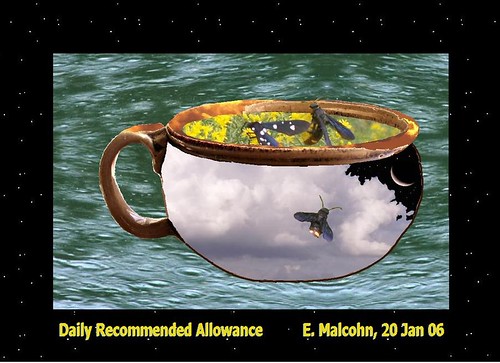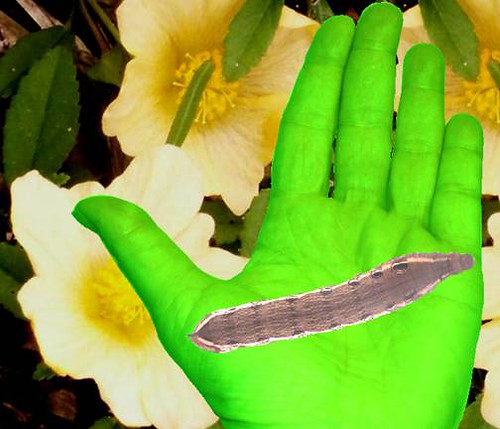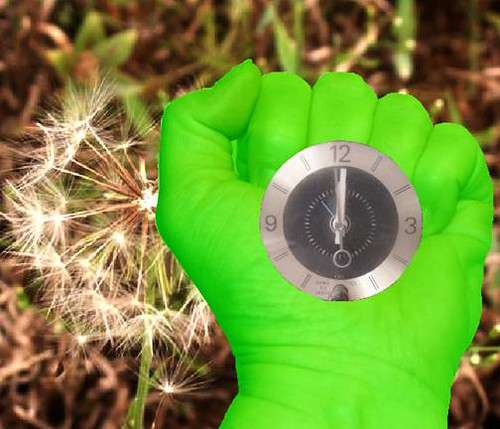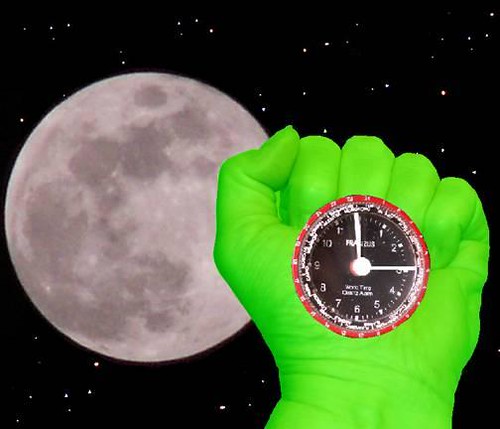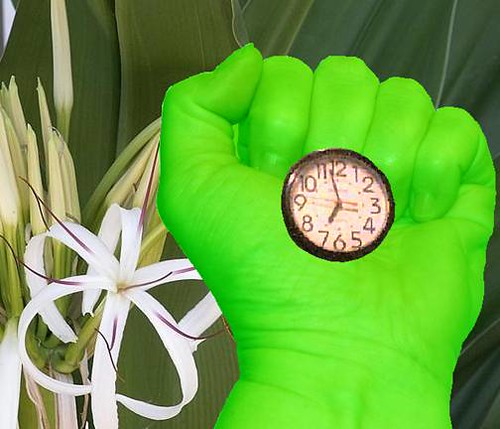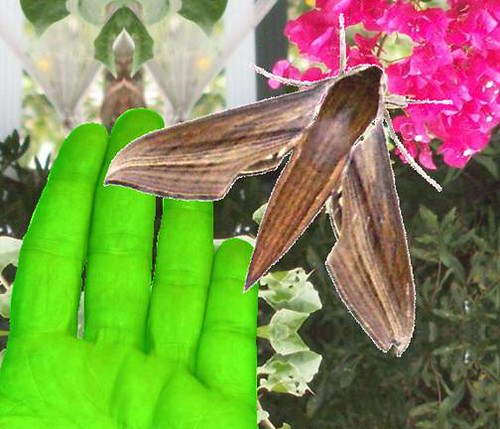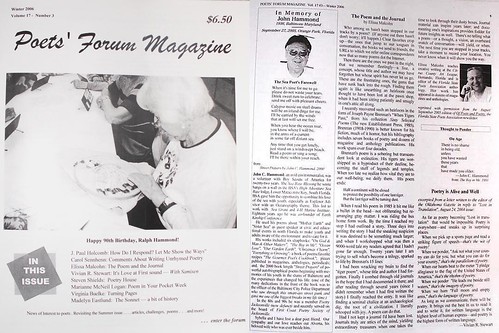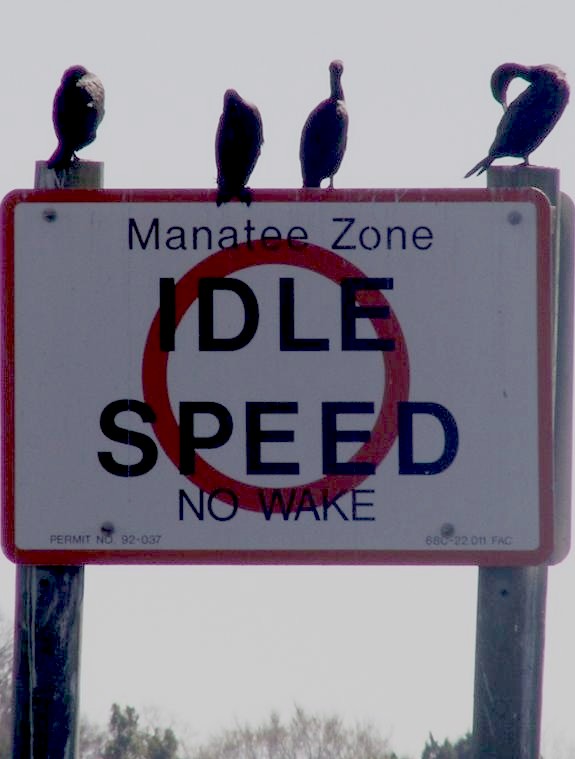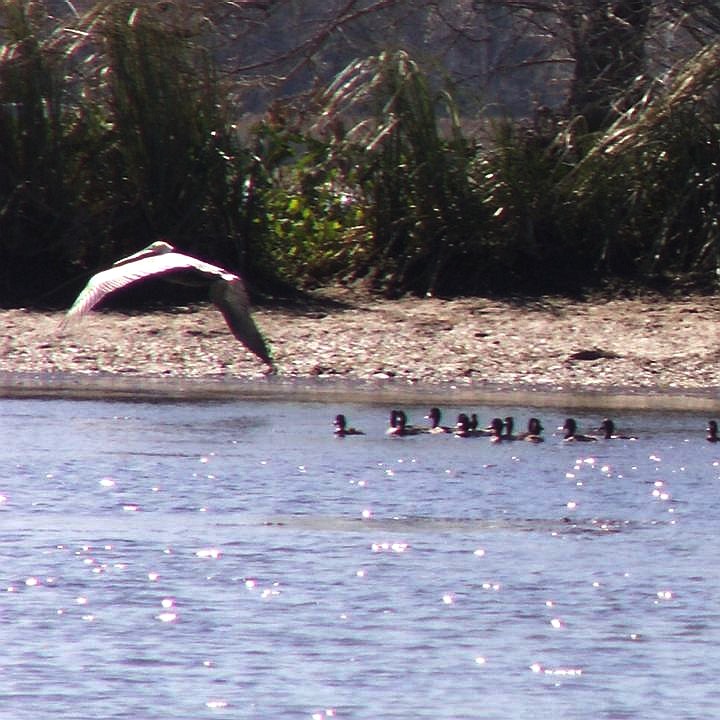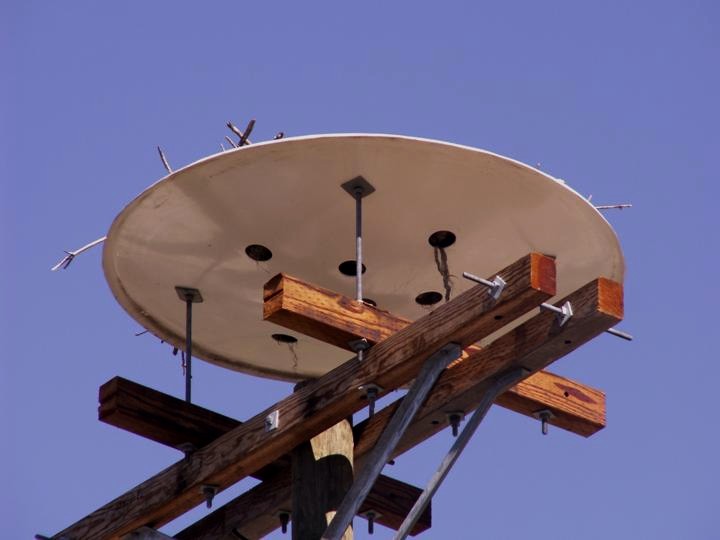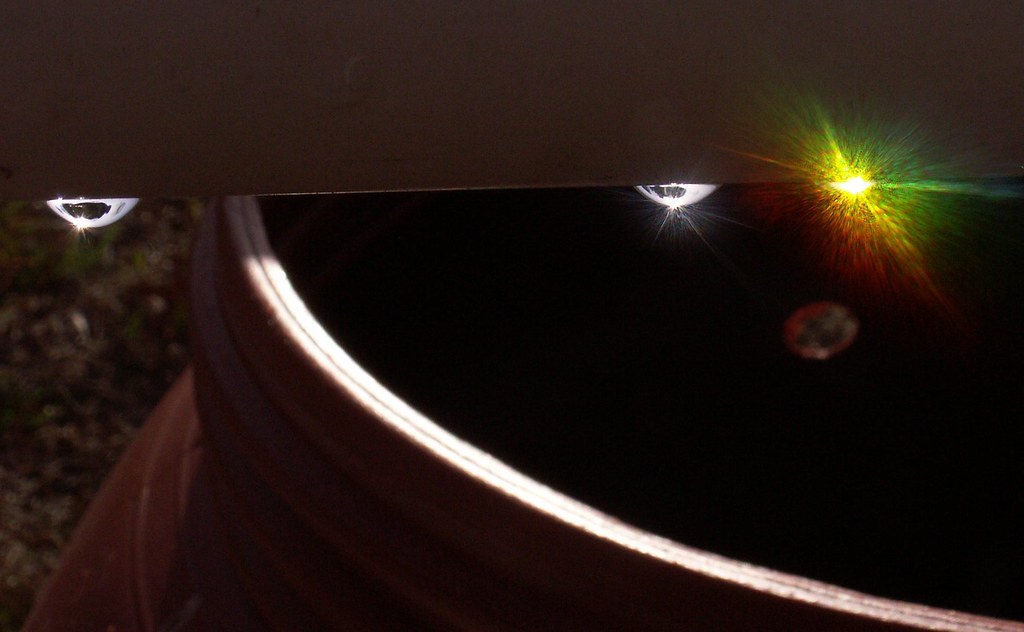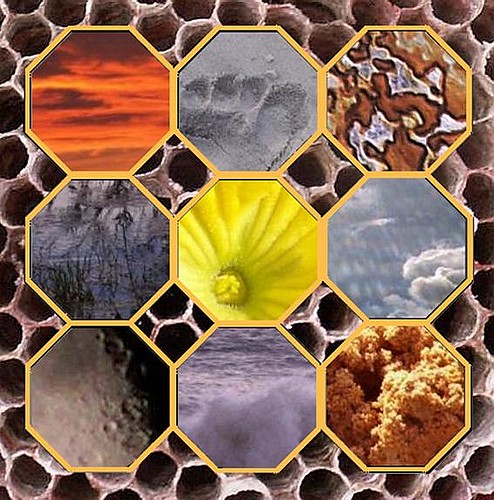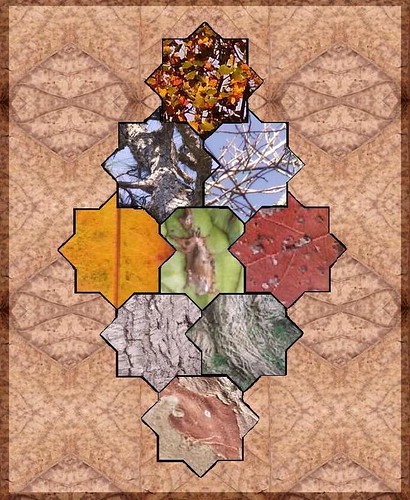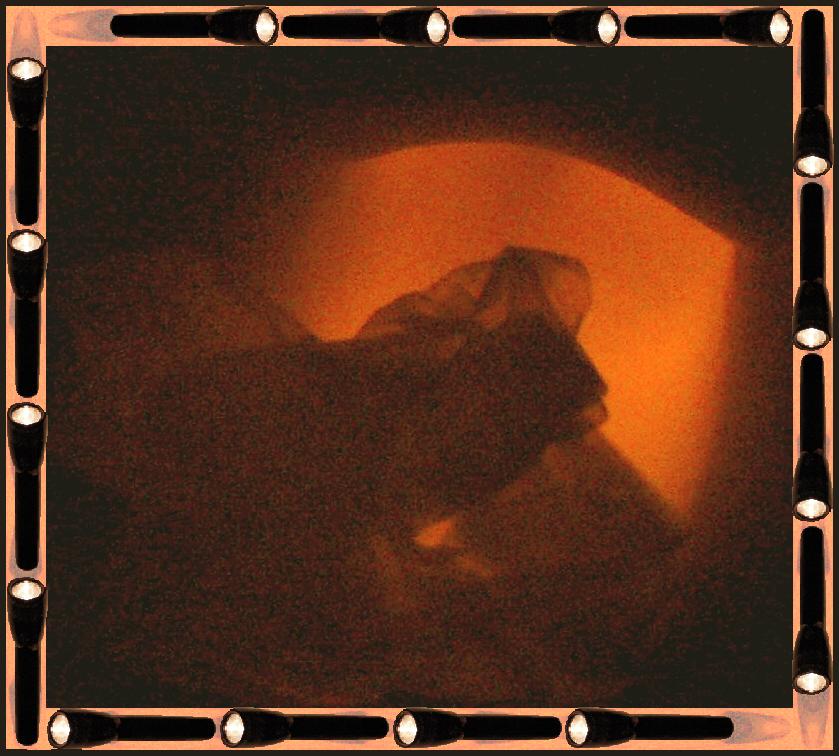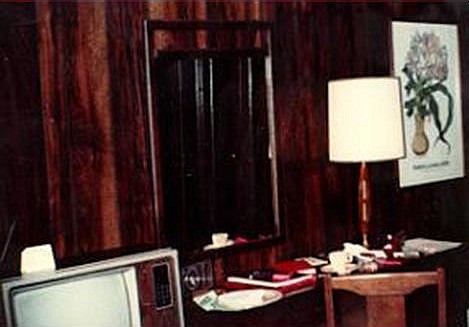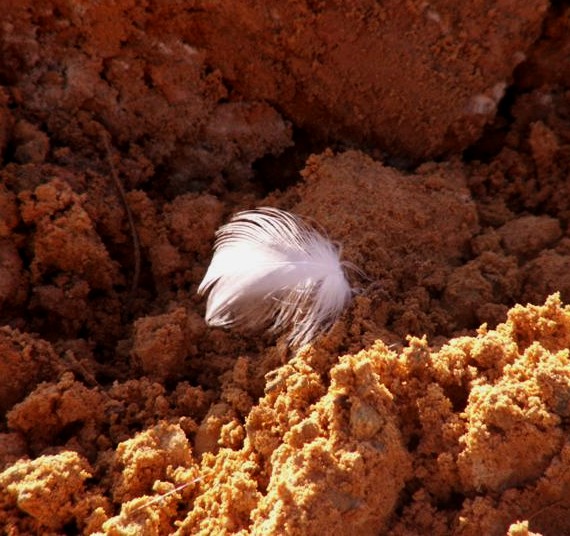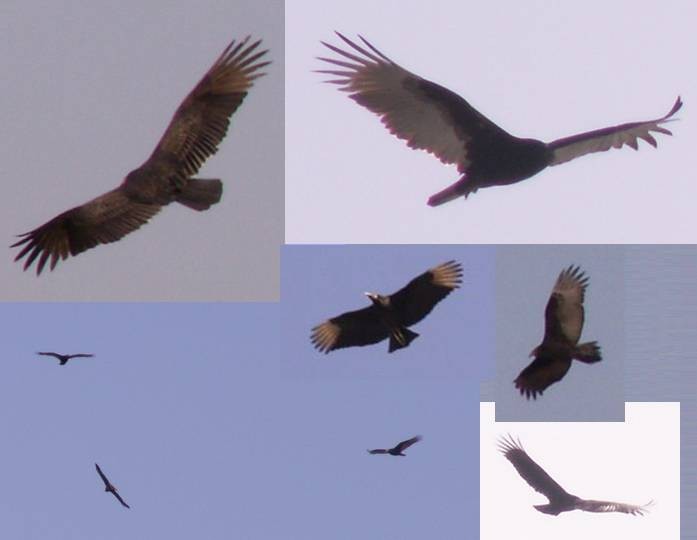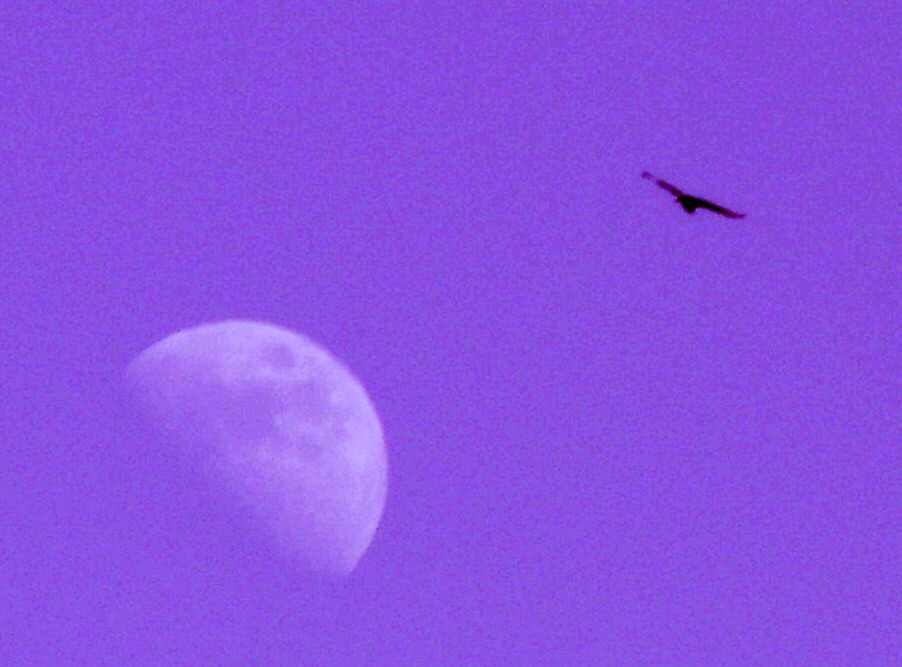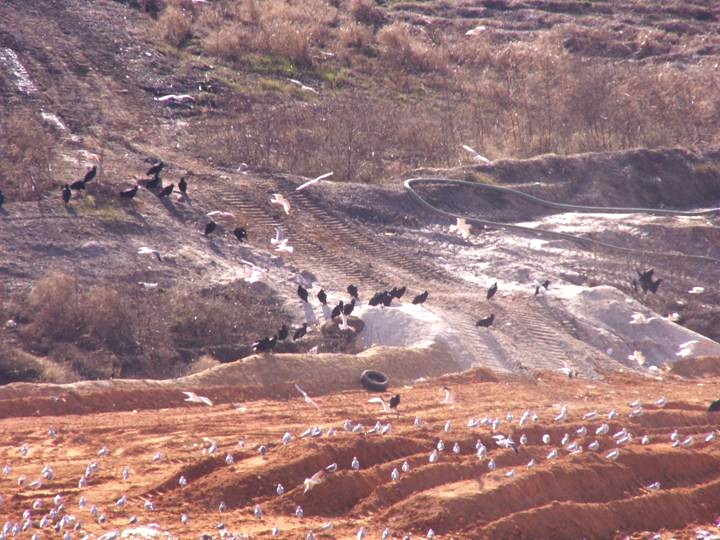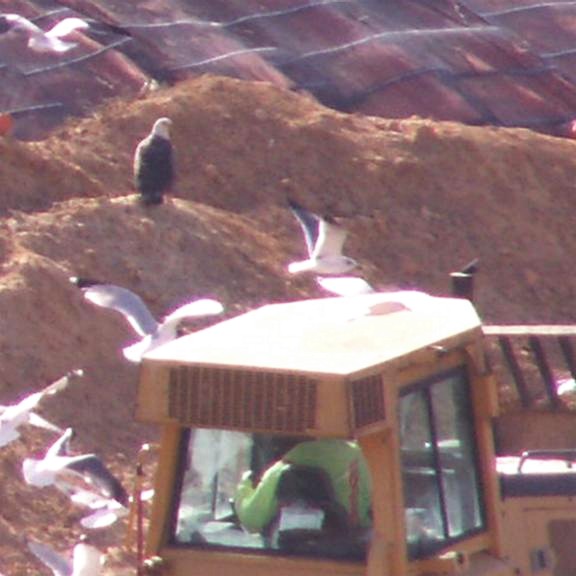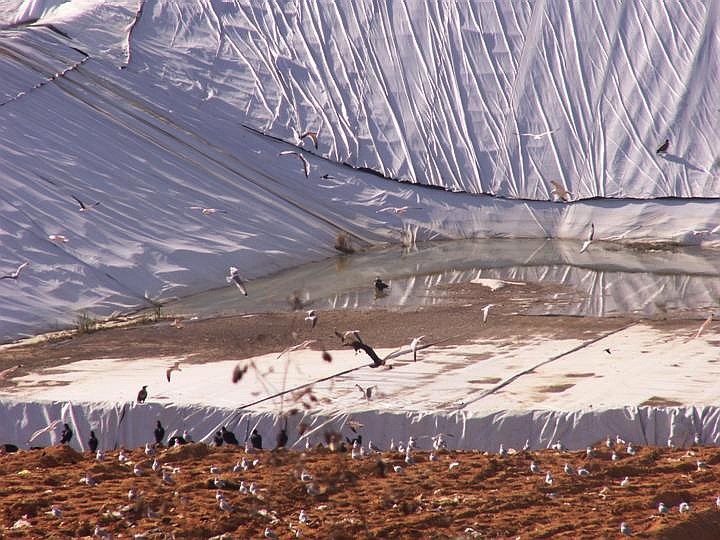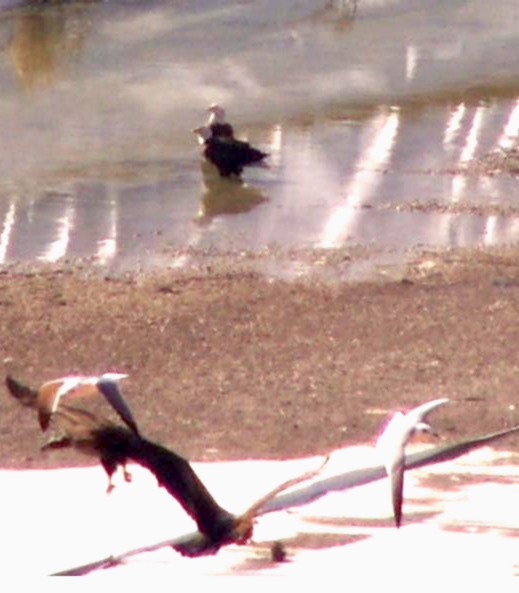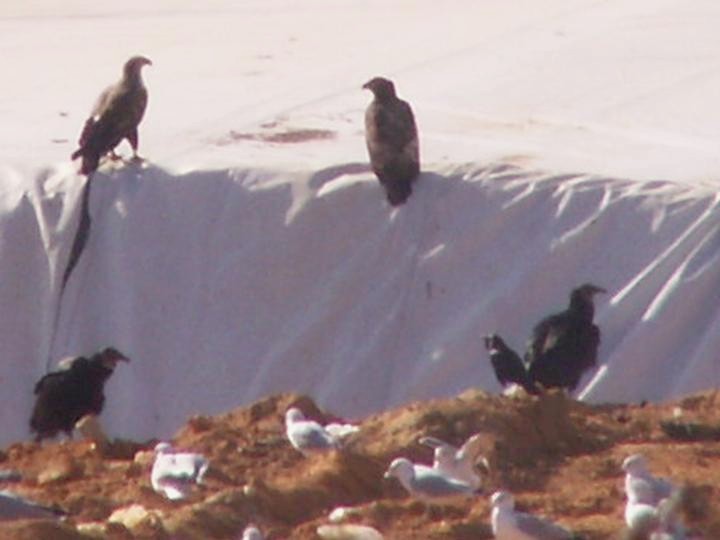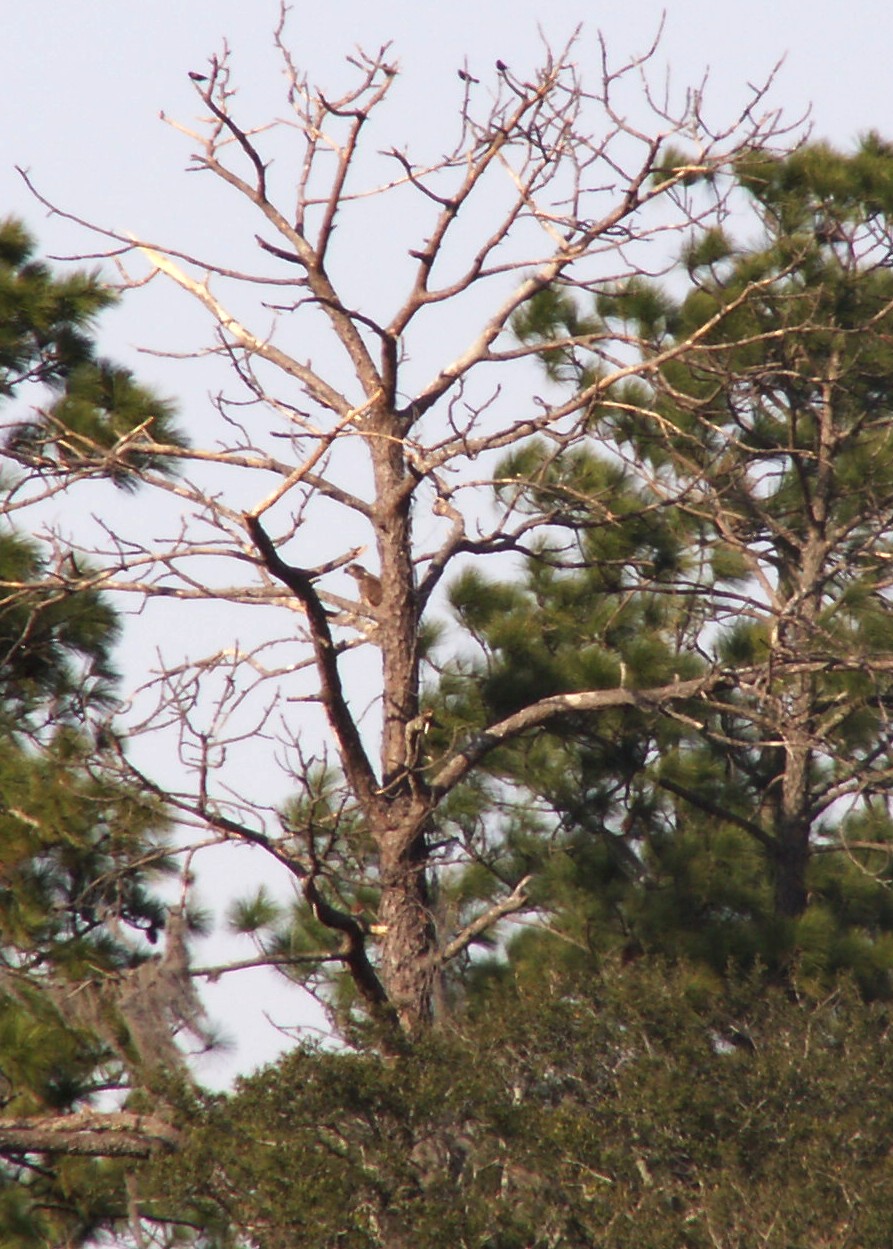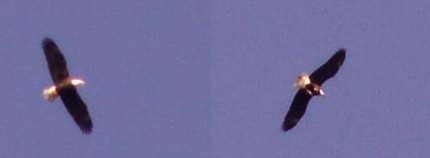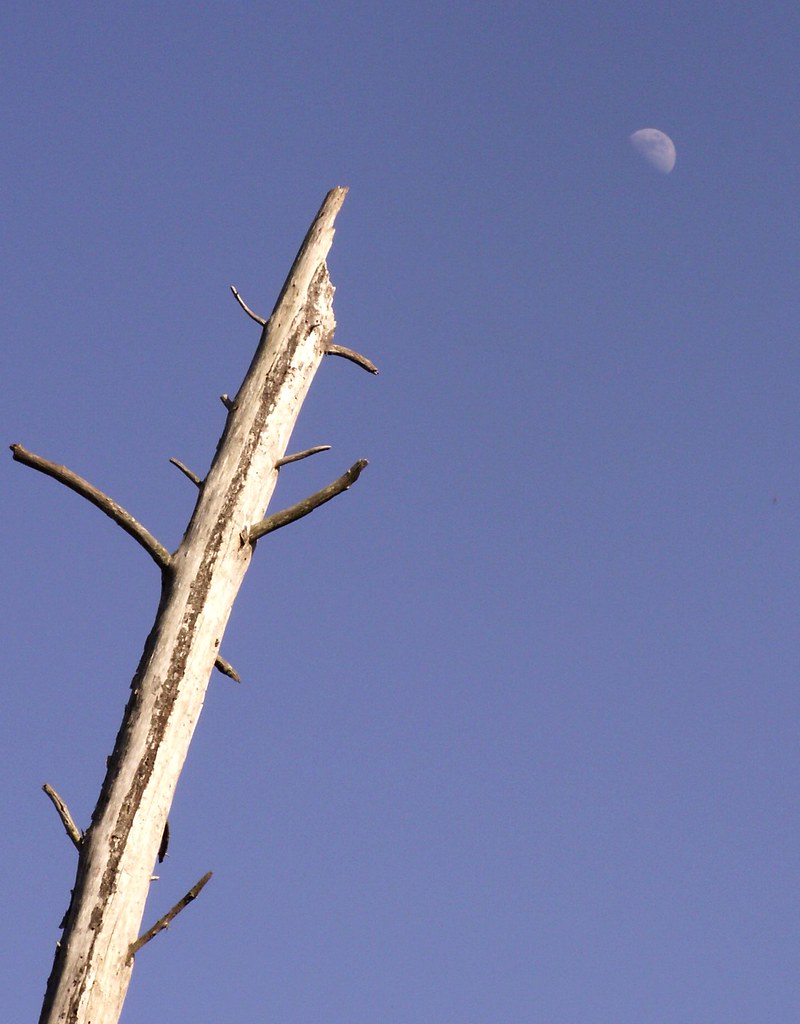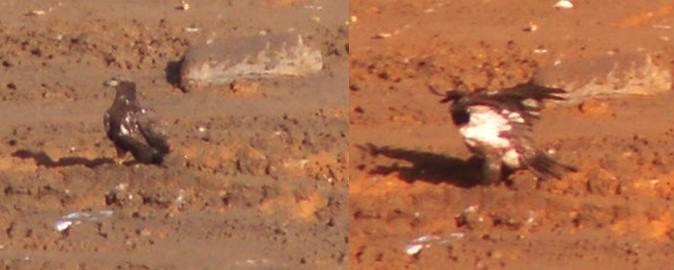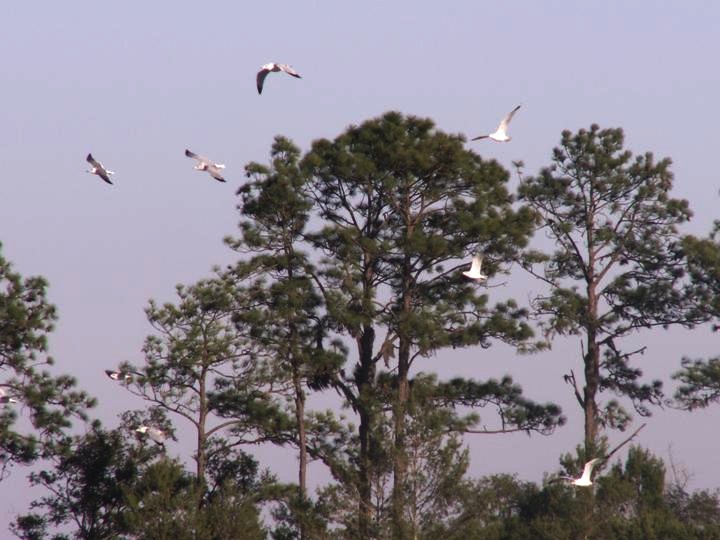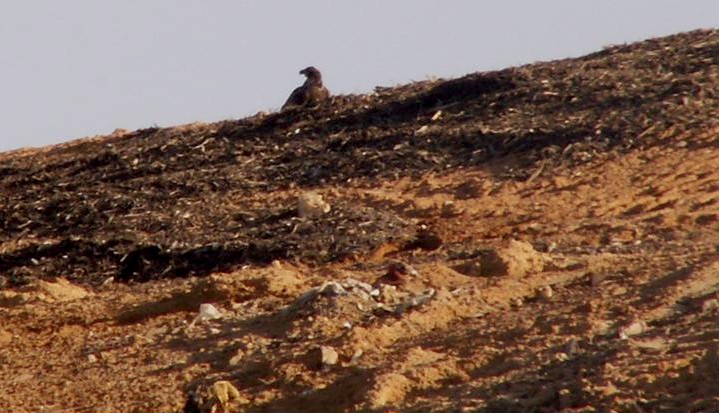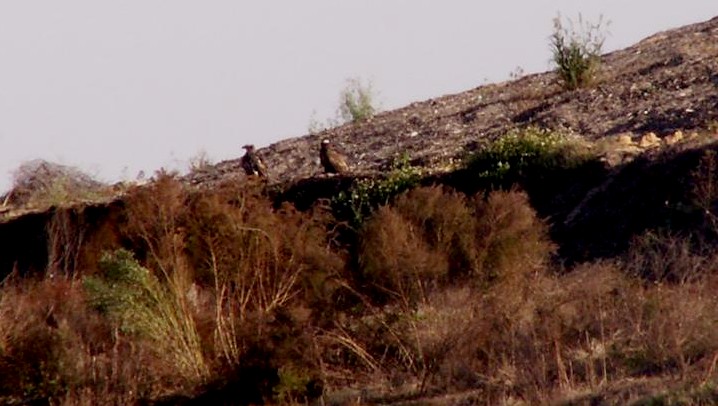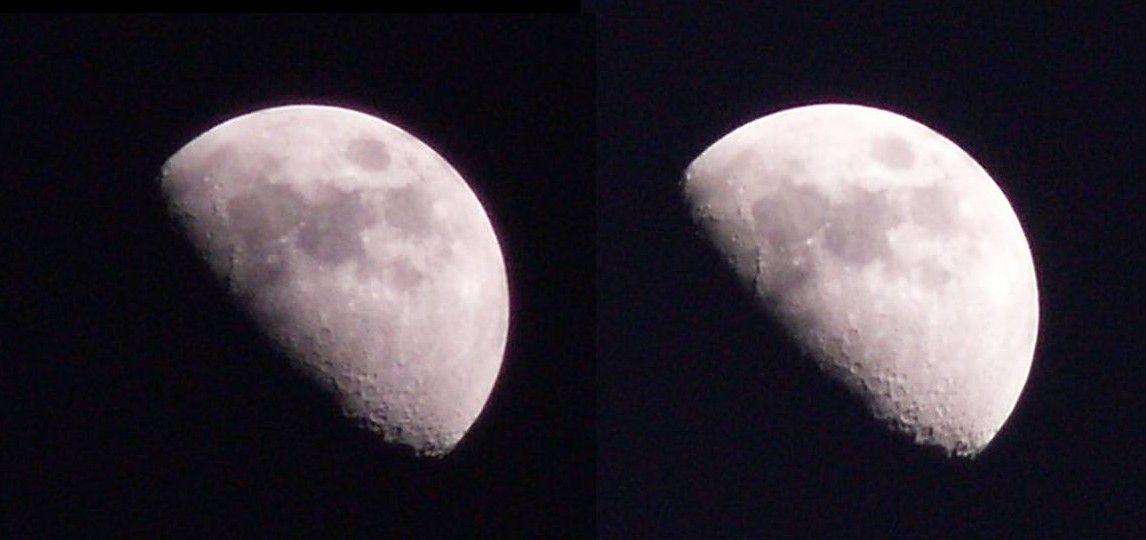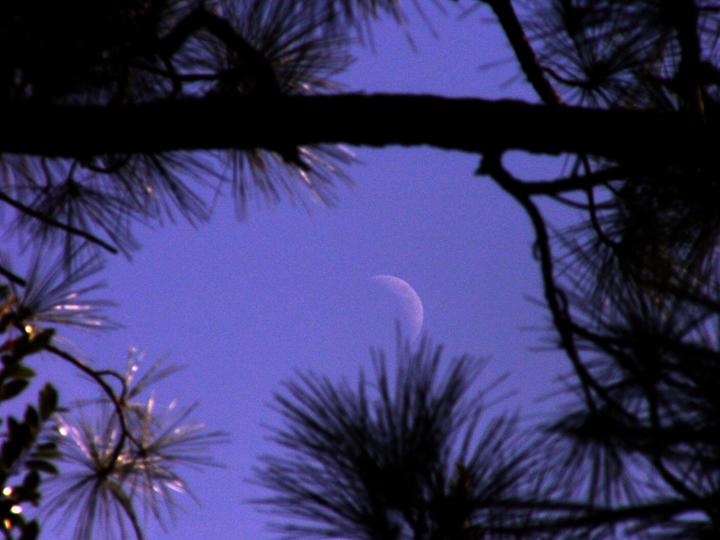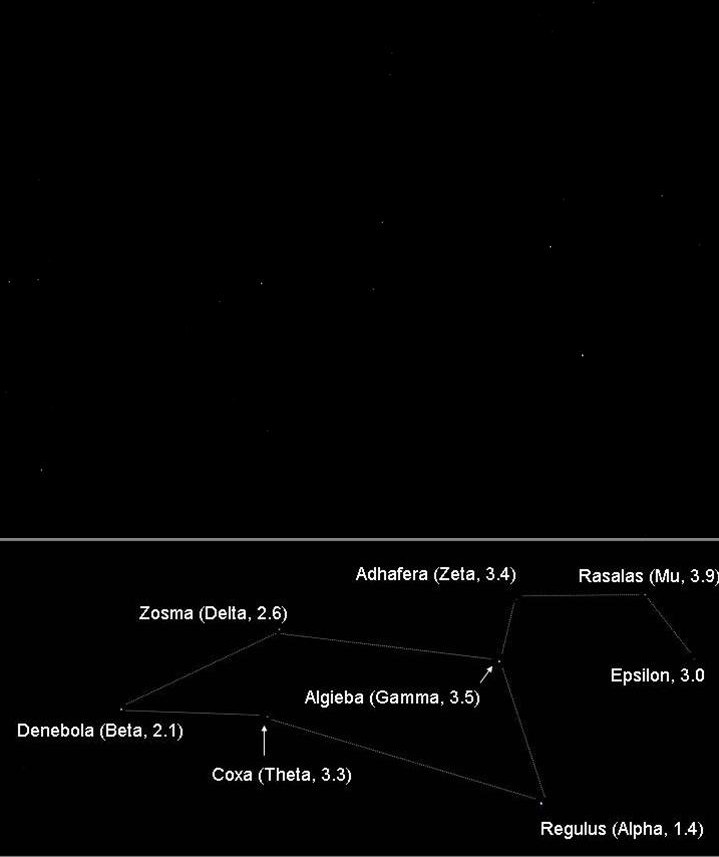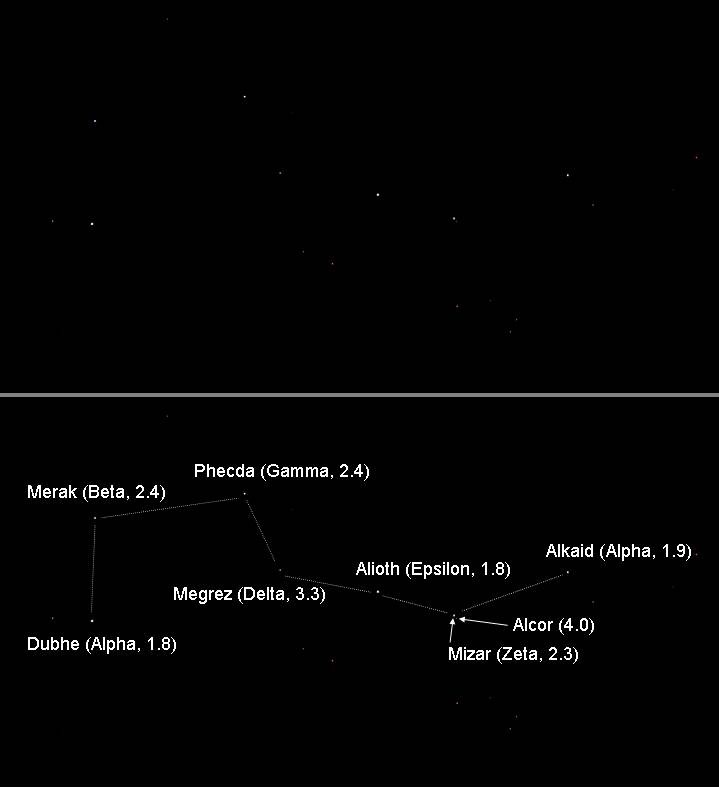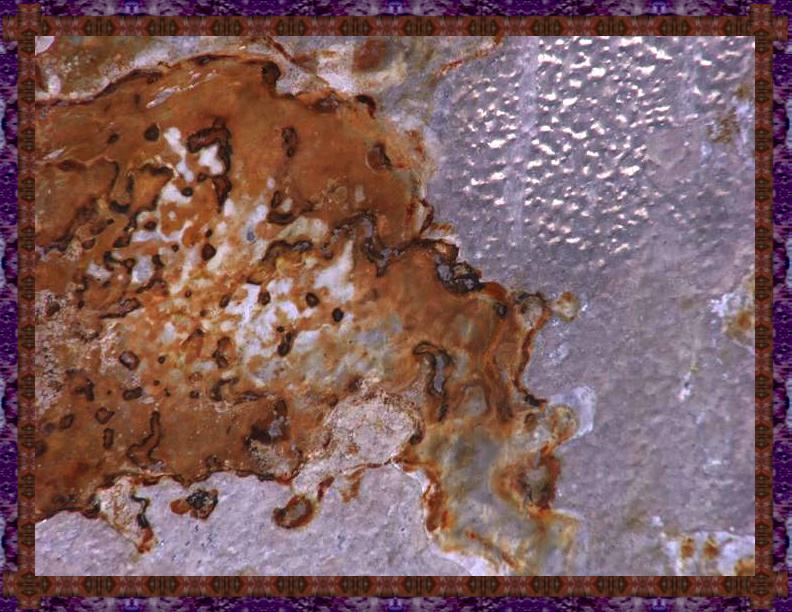Going Native
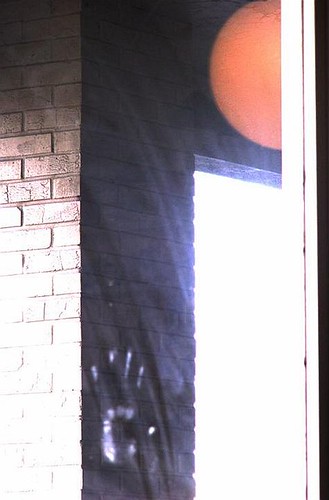
Life on three planes, spotted from inside our local bakery/diner. The handprint is on the window, the globe is a reflected lamp, and the brick column is outside. Except for cropping and a bit of contrast enhancement this is as-is out of the camera.
I have been living elsewhere these past few days. Keeping company with characters who continue to develop, whose struggle for survival continues from the trilogy I am trying to sell. (The trilogy is written; I'm drafting a fourth book because the characters aren't done with me yet.) The problem is that I commune with an ensemble now, with stories orbiting my main dramatic thread but that in doing so muddy the works. And yet my interest in these ongoing characters as "people" makes their stories fascinating to me. Eventually I will need to find ways to tie everything together while keeping the drama strong, or perform drastic cuts, or drastic restructuring....
When my students ask me what I do when dealing with story elements I tell them there is no one process. Writers differ. Stories differ. You take the basic building blocks and you run with them, and sometimes the blocks tumble into a haphazard pile, and then you build again. Sometimes the material comes more easily. Sometimes, like now, I become tangled in my own web and must simply weave my way through, trusting that all those knots will yield a pattern I can work with.
I have on my wall a quote from St. John of the Cross (Juan de la Cruz, June 24, 1542 - December 14, 1591), which came to me courtesy of "magic fly paula" (Paula C., in Porto, Portugal):
If a man wishes to be sure of the road he treads on, he must close his eyes and walk in the dark.
On that same paper I have my New Year's resolutions for 2006. First and foremost is marketing the trilogy. The others are: Read/Research; Stay healthy; Honor the Muse; and Keep persevering and keep the faith.
Re-entry has been a challenge for me. After selling short stories and poetry in the 1980s I spent the 1990s and part of the 00s developing and maintaining a communications business, combining that labor with my day job into double and triple shifts, and attending to various family crises.
It wasn't all exhausting or traumatic. I'd spent 1995, my "cycling year," training for and participating in the first Boston-New York AIDS Ride. That year I'd bicycled 3,500 miles on a then-12-year-old Univega touring bike, pushing limits and breaking through barriers I hadn't known before.
In 2000 I began exploring mixed-media art, a direct outgrowth of the neighborhood beautification (what others call "trash picking") techniques I learned from Mary, sparked to life by the international Goddess 2000 project and its local expression in Cambridge. By that time I had also participated in an online Artist's Way cluster, supporting and supported by other folks seeking to reclaim their creativity.
The art saved my sanity at a time when my fiction writing consisted largely of scatterbrained false starts. Art used a different part of my brain. Drying times imposed built-in holds, while steps like applying coatings of gloss medium were no-brainers that I could fit into slivers of time before I headed to the office.
But it wasn't the same. I still felt as though I were in a state of exile from my true creative home. As a child trying to imagine what my adult life would be like, all I could envision was a largely spartan efficiency apartment whose main furnishings were a chair, a desk, and a typewriter. It didn't matter to me what I was going to be when I grew up, so long as it gave me a place to live and the chance to keep writing, letting the visions come through. I did not for a moment assume that I could make a living from my stories -- and to this day I don't know whether that philosophy has limited me or preserved me.
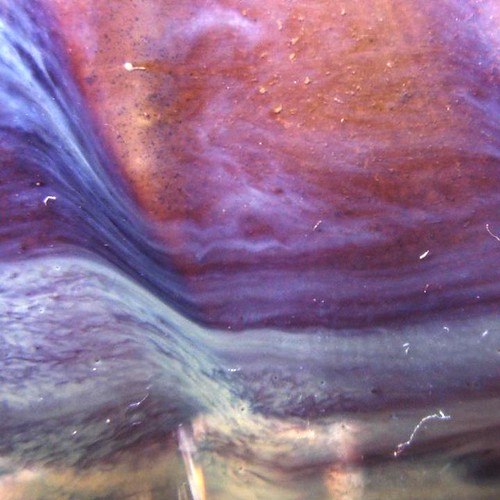
Coffee mug detail. Far from being spartan, my living quarters are filled with my own and other people's artistic endeavors. Mary and I had each bought mugs at the recent manatee festival we attended.
On my wall is also a quote from Buddha, clipped from a Levenger catalogue:
Your work is to discover your work and with all your heart give yourself to it.
In 2001, over the course of a three-week period, (a) my cousin (an only child like me; we called each other "sister") was found dead of morphine poisoning at age 44; (b) my rent increased by $125 a month; and (c) 9/11 occurred. Running had saved my sanity then -- finding the time and the energy at a dilapidated track in South Boston's Moakley Park, named after Joe Moakley, the district's deceased Congressman. It had been during a special vote to replace Moakley that I had stared with so many others at the television by the polling booths, watching black plumes rise from the World Trade Center. 2001-2002 became my "running year."
I ran through a difficult executorship (that for numerous reasons continues more than four years later) and through cutbacks at work, during which time I took voice-over lessons to increase my skill set. I had just managed to meet my goal of running a half-marathon distance in under 2-1/2 hours when Mary and I both suffered severe colds, followed by our cat Red's near-death experience and month-long recuperation. Mary nursed him back to health 'round the clock while I continued working multiple shifts, now producing for two departments simultaneously. I supplemented my paycheck -- which increased deductibles had reduced despite my raise -- with freelance work to make ends meet as my household's sole wage earner.
The following month my father was dead, and we began the process of preparing to move here.
("If you approach the newer agents, be sure to tell all of them some reason why you went off and did something else with your life, and have only recently returned to writing." Advice from an editor at a magazine that had published my stories 20 years ago.)
I walk in the dark here, too. But I am walking. My life patterns itself in ebbs and flows, and the weeks I am about to devote to a hefty freelance job will help ground me as my soul clicks over to the business side. Otherwise I float, tethered to the Muse but buffeted by winds. I need both the clouds and the concrete to function. I need to start preparing my tax receipts, dutifully collected but left chaotic while I lived "offworld" in-between meetings, teaching, and shorter work assignments. Returning to fiction has allowed me to live in Paradise even with its attendant frustrations. And Mary's steadfast support of my "flights" means more to me than I can possibly express, though I have tried.
"A writer must have the skin of a rhino." I forget where I read that bit of advice; Googling it tells me the analogy goes far beyond writing. But for now the image of a rhino serves as my desktop wallpaper, staring me in the eye and reminding me of my purpose.
"Do keep your day job, which I hope is your writing (and not your writing for [Company X] -- that's your other job.)" -- email from a client to whom I had sent some of my published work. I have that up on my wall, too.
The concrete serves its purpose after immersion in the clouds. It not only grounds me but gives me perspective, perhaps what I need to unravel the knots in which my characters have bound me.
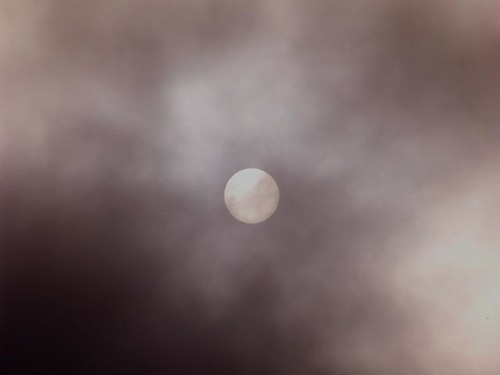
Mary had been the first to spot a subdued sun peeking through, partially obliterated by clouds on the cusp of rain.
"First disperse resistance, then accomplish the work. For this to happen your mind must be clear and controlled." -- Ralph Blum, in his Book of Runes for Berkana: Growth. In a Runic spread I had drawn Berkana in the position of blocking: the obstacles that hold me back from what I am trying to accomplish. I use the divinations as focusing tools, meditations that I can apply to the challenges at hand, a psychological You Are Here. Over the years my forays into creativity have served as a side-step from my immersion in earthbound concerns. Now the concrete itself becomes that vehicle -- replacing one focus, one discipline with another.
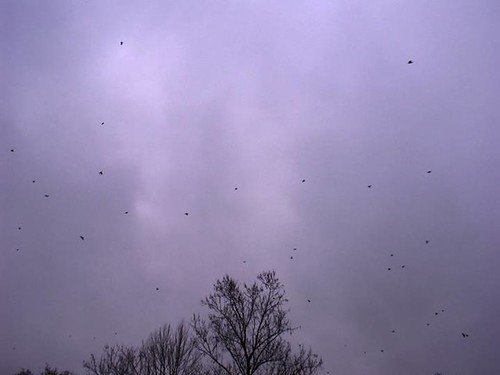
The weather changes. The robins have returned in their annual pilgrimage back north, our version of the swallows returning to Capistrano. They inundate the trees, the air. Two years ago their sheer numbers had dazzled us. Their songs slip past opened windows and doors, now that we have entered our meteorological sweet spot between winter's chill and summer's stifling heat.
Work on myriad levels awaits.
(Follow-up to previous entry: our painted bisque dishes can be viewed here (Mary's) and here (mine).)

